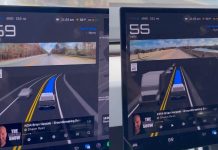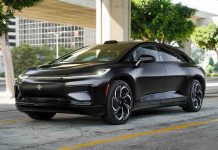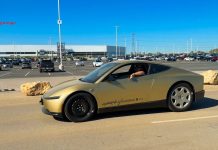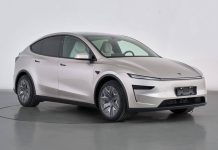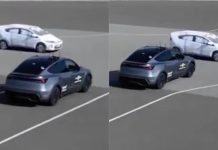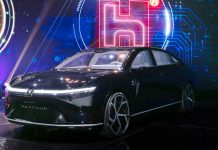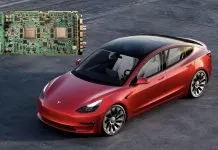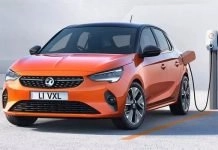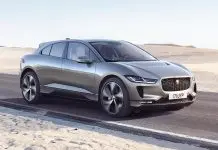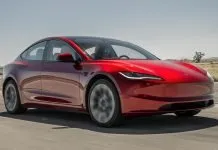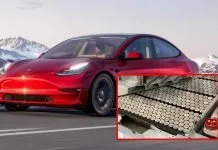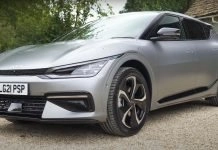Previously, there was news about Tesla preparing to release an update in which the company is migrating from its existing Godot-based Autopilot full-screen visualization system to an Unreal Engine-based one. Now, the latest news headlines in the Tesla community are the improved 3D model display found in the Tesla Model Y Long Range (colloquially known as Model Y L).
Numerous users have remarked upon how the hyper-realistic visuals on the center screen are highly reminiscent of a graphics engine like Unreal Engine when running a modern-day video game.

The Evolution of Tesla’s In-Car Visualization
Several years ago, Tesla had the option of live vehicle visualization or a basic display of nearby cars, lanes, and highway signs. These initial models were very basic, designed simply to give information about the perception of the environment by the Autopilot system.
Over the years, though, the graphics have become a lot more advanced. The Model Y L and its siblings now feature sophisticated 3D modelling of the car and surrounding vehicles, as well as moving parts, all without using recorded software. The effects caused by the lights, the appearance of the car body, and also the flowy animation have made eyebrows go up. Even Tesla owners remark that what they observe in the display of the car is similar to video games, which use modern graphics.
The 3D model in the Tesla Model Y L really looks like it’s powered by Unreal Engine https://t.co/eVhSQXNSzr pic.twitter.com/G7SDzhcZVw
— The Tesla Newswire (@TeslaNewswire) August 23, 2025
Why It Looks Like Unreal Engine
The Unreal Engine offered by Epic Games is considered one of the most advanced graphics engines across the world. It drives the blockbuster video games industry, movie special effects, architectural, and automotive simulation. The reason why Unreal Engine can be distinguished is that it provides such features of photorealistic rendering, dynamic lighting, and presentation of real-time reflections similar to those of Tesla in its in-car visualization.
When the Tesla 3D car model is spinning along the screen with its glass texture reflections and the precise shadows, it resembles attributes that the Unreal Engine is renowned for. The color rendering and metallic appearance, as well as ambient lighting, are well beyond typical embedded graphics expected in an automobile. That is why a lot of Tesla drivers can not stop speculating that the company could utilize game-engine technology.
What Drivers Can Expect
Unreal Engine-powered Autopilot visualization should provide the following when applied:
- Increased Detail: With increased detail, the lane markings, road textures, and car models are more exact.
- Better Depth Perception: Better 3D representation to make drivers understand distance and size better.
- Dynamic Lighting and Weather Effects-Possibilities of more realistic lighting effects that change according to the time of the day, as well as according to the weather conditions.
- Silkier Animations: Increased frames and smooth transitions amongst driving states.
Although the system that already exists on the basis of Godot offers a clean and minimalist interface, Unreal Engine can introduce some level of immersion that closes the bridge between driving and simulation. To Tesla drivers who love sleek, innovative cars and the graphics surge of gaming, this may be a very nice advantage.
Although Tesla has not made any official announcement on the Unreal Engine integration, its inclusion only shows that work on this feature is well advanced. If everything goes well in the testing, Tesla drivers might not take long to enjoy Autopilot-visualizations with the level of realism nearly matching that of contemporary racing games. Until then, everyone will be watching new releases of software to determine when the next step in display technology in cars is brought to market.

